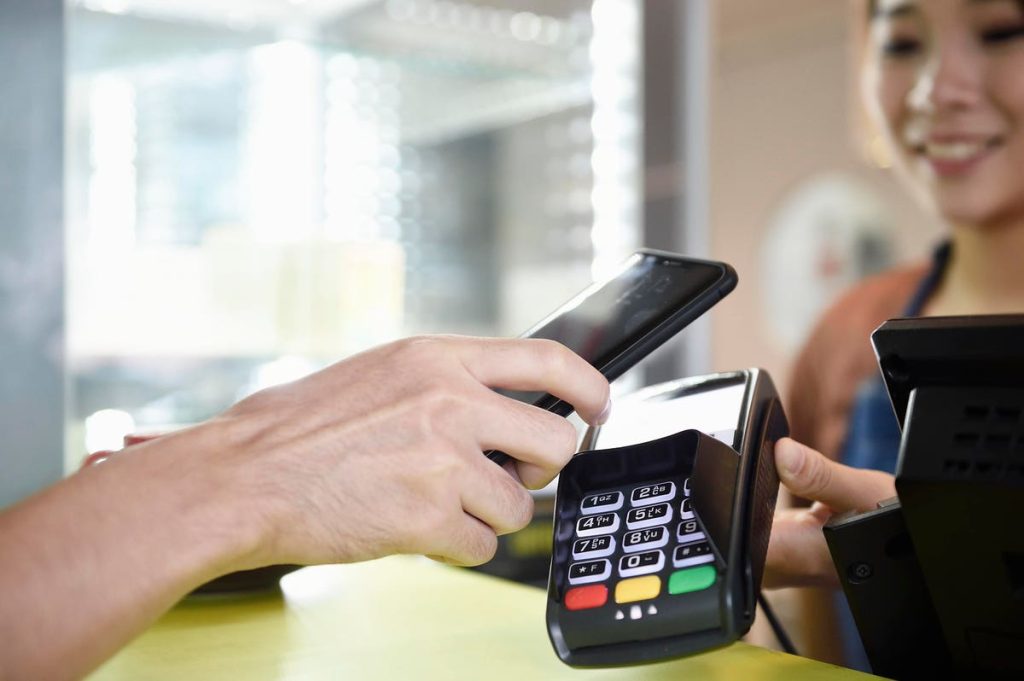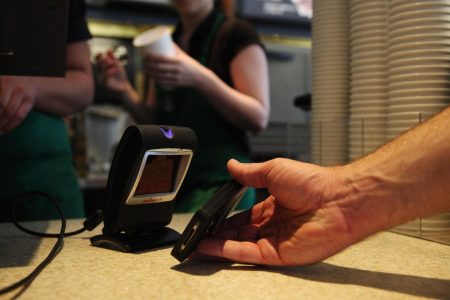Southeast Asia’s largest platform companies all reported second quarter earnings recently. Some results were better than others, but Sea Group, Grab and GoTo all continue to struggle with the fundamentals. The latter two companies are not profitable, while Sea’s performance underwhelmed investors.
In a nutshell, these companies have all attempted to replicate the massive success of Alipay and Tenpay by building their own self-contained ecosystems, but the strategy does not make sense in Southeast Asia, which is fragmented relative to China. Each country has different market demographics and regulations. Competition is extremely fierce compared to what the Chinese companies faced in their early days.
Though Sea, Grab and GoTo appear to be doubling down on their respective ecosystems, there could be a limit to the feasibility of that approach as competition in all of their core business areas intensifies.
China’s Unique Market Conditions
Alipay and Tenpay became dominant in China by first becoming indispensable to Chinese users in e-commerce (Taobao and TMall) and messaging (WeChat). In their early years, the two had almost no serious competition, which meant that they did not need to spend constantly to subsidize customers like Sea, Grab and GoTo. It is easier to cultivate user loyalty when there are not any real alternatives.
It also means that profitability can be reached sooner. Alibaba swung to a profit in 2002, just three years after its founding. Tencent reached that milestone a year earlier, three years after its 1998 launch.
By the time the Chinese companies went public, they were already established money-making enterprises. Tencent went public in 2004 in Hong Kong and Alibaba in 2014 in New York. The latter IPO was the world’s largest ever at the time.
In contrast, Sea, Grab and GoTo all went public while they were still losing money, with profitability at best several years away. The clock is ticking: Sea was founded in 2015, Grab in 2012 and the two companies from which GoTo was formed in 2021, Gojek and Tokopedia, were founded in 2010 and 2009 respectively.
Additionally, Alipay and Tenpay benefited from the relative homogeneity of the China market, where more than a billion people speak the same language and have similar cultural habits. This meant that the Chinese platform companies did not have to spend time, money and other resources developing bespoke products for customers across different geographies.
Mobility Could Be A Faulty Foundation
While Alipay and Tenpay built their respective super apps from e-commerce and messaging, with which they later integrated digital financial services, both Grab and GoTo are betting that they can thrive starting off from ride hailing. Yet the viability of that strategy remains an open question. If we look at Uber
UBER
Keep in mind that ride-hailing companies likely built their business models at least in part on the idea that driverless cars would eventually make up a large part of their fleet – thus enabling a much more attractive cost structure. Remember Grab’s partnership with the driverless car startup NuTonomy announced back in September 2016? You could be forgiven for forgetting. Grab also announced in 2018 that it planned to commercialize its robo-taxi operations before 2022.
Of course, Grab will beg to differ about its mobility business. In its second-quarter earnings release, the Singapore-based company reported that its mobility gross merchandise value for the quarter was $1.32 billion, up 28% from $1.03 billion a year earlier. Grab also said that its mobility GMV had recovered to 85% of pre-Covid levels. Some markets are doing as well or better than in 2019, among them Malaysia, Singapore and Thailand.
Then there is the matter of how well mobility meshes with fintech. We always have been circumspect about integration of the two. Just because a ride-hailing app has your credit card saved in its e-wallet, that does not mean you want that app to be your bank.
The fact that GoTo recently launched its GoPay wallet as a standalone app suggests that the Indonesian company is cognizant of this problem. “We hope Gopay will reach a wide public, especially those who are not yet users of Gojek and Tokopedia,” GoTo Group CEO Patrick Walujo said in July.
Fintech Is The Brightest Spot
The good news for Sea, Grab and GoTo is that even if they cannot be Southeast Asian super apps, their respective fintech businesses all have strong potential.
Grab’s fintech division did fairly well in the second quarter. Revenue rose 223% to US$40 million on the back of improved monetization of the payment business and higher contributions from lending – though gross merchandise value declined 13% to US$1.3 billion from US$1.49 billion in the same period last year. Meanwhile, loan disbursement grew by 47%.
As for GoTo, it is among the most recognized tech companies in its massive home market of Indonesia, where a significant portion of the population of 275 million has limited access to the formal banking system. By GoTo’s own estimate, 97 million Indonesians are unbanked. GoTo has a foothold in the digital financial services market thanks both to its investment in the local lender Bank Jago and its GoPay app.
Compared to Grab and GoTo, Sea’s fintech business is more mature, with full-fledged digital banks in Singapore, Malaysia, the Philippines and Indonesia. In the second quarter, Sea’s digital financial services revenue rose 53.4% annually to $427.9 million, while adjusted EBITDA was $137 million, as compared to a loss of $111.5 million for the second quarter of 2022.
It will be interesting to see if SeaBank in the Philippines can replicate the success of the company’s Indonesia digibank, which earned a net profit of US$18 million in FY2022, in part because it successfully leveraged the synergies between Shopee and the online bank. As in Indonesia, Shopee is one of the largest e-commerce platforms in the Philippines.
Stretched Too Thin
Overall, Grab, GoTo and Sea may eventually have to pare down, spin off or otherwise exit loss-making businesses if they want to be successful in digital financial services, where they compete against many competent pure-play fintechs. All three companies spent years swinging for the fences when the VC money flowed freely and they still have not fully adjusted to the new normal.
While banking may have synced naturally to existing digital services in China, that may not be the case in Southeast Asia. To be sure, Shopee could be an exception, but even then, Shopee faces intense competition that Alibaba’s e-commerce platforms did not.
Ultimately, Sea, Grab and GoTo all struggle with the commoditization of digital services that has occurred in recent years in Southeast Asia. The three companies do not possess anything that’s effectively irreplaceable, as Taobao and Alipay were for Chinese online shoppers, or WeChat for Chinese people chatting with family, friends and colleagues.
For that reason, we reckon that Tik-Tok, which is indispensable to many of its users’ lives, could be a real threat to both GoTo’s and Shopee’s e-commerce businesses. In 2022, TikTok Shop expanded to six Southeast Asian countries: Singapore, Malaysia, Indonesia, the Philippines, Vietnam and Thailand. In recent interviews, Southeast Asian users told Nikkei Asia “they feel obsessed with the app,” since it simplifies the online shopping process with easily scrollable lists of videos.
Until they find a way to win lasting user loyalty, Sea, Grab and GoTo will face constant threats from their competitors that have investors asking hard questions about the viability of their respective business models.
Read the full article here















